Summary | Excerpt | Reading Guide | Reviews | Beyond the book | Read-Alikes | Genres & Themes | Author Bio
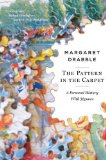
A Personal History with Jigsaws
by Margaret DrabbleAn original and brilliant work. Margaret Drabble weaves her own story into a history of games, in particular jigsaws, which have offered her and many others relief from melancholy and depression.
The Pattern in the Carpet: A Personal History with Jigsaws is an original and brilliant work. Margaret Drabble weaves her own story into a history of games, in particular jigsaws, which have offered her and many others relief from melancholy and depression. Alongside curious facts and discoveries about jigsaw puzzles — did you know that the 1929 stock market crash was followed by a boom in puzzle sales? — Drabble introduces us to her beloved Auntie Phyl, and describes childhood visits to the house in Long Bennington on the Great North Road, their first trip to London together, the books they read, the jigsaws they completed. She offers penetrating sketches of her parents, her siblings, and her children; she shares her thoughts on the importance of childhood play, on art and writing, on aging and memory. And she does so with her customary intelligence, energy, and wit. This is a memoir like no other.
Foreword
This book is not a memoir, although parts of it may look like
a memoir. Nor is it a history of the jigsaw puzzle, although
that is what it was once meant to be. It is a hybrid. I have always
been more interested in content than in form, and I have never
been a tidy writer. My short stories would sprawl into novels, and
one of my novels spread into a trilogy. This book started off as a
small history of the jigsaw, but it has spiralled off in other directions,
and now I am not sure what it is.
I first thought of writing about jigsaws in the autumn of ????,
when my young friend Danny Hahn asked me to nominate an
icon for a website. This government-sponsored project was collecting
English icons to compose a ‘Portrait of England’, at a time
when Englishness was the subject of much discussion. At random
I chose the jigsaw, and if you click on ‘Drabble’ and ‘jigsaw’ and
‘icon’ you can find what I said. I knew little about ...
To read The Pattern in the Carpet is to witness the wide-ranging power of a keen and curious mind. By her own admission "not a tidy writer," Margaret Drabble's "personal history with jigsaws" is a memoir for readers who are willing to stray from the path and possibly never return. It's about jigsaws, certainly, but also about history, philosophy, cartography, literature, poetry, obsession, depression, and the delight of the digression. If you like your timelines linear, your themes clearly laid out, and your narrator a reliable tourguide with a checklist, you'll likely run screaming after the first chapter. But if you're willing to surrender to her charms, you'll find that Drabble is an irresistibly eccentric guide with a rigorous curiosity and wicked wit...continued
Full Review
 (614 words)
(614 words)
(Reviewed by Lucia Silva).
 Margaret Drabble was born in 1939 in Sheffield, England. Her father was a barrister, county court judge and a novelist. Her sister is the author A.S. Byatt. Margaret attended the Mount School in York from where she won a scholarship to Newnham College, Cambridge to read English. She received a Starred First (First Class Honours with Distinction - which is rarely awarded). After graduating from Cambridge she joined the Royal Shakespeare Company in Stratford where she understudied for Vanessa Redgrave.
Margaret Drabble was born in 1939 in Sheffield, England. Her father was a barrister, county court judge and a novelist. Her sister is the author A.S. Byatt. Margaret attended the Mount School in York from where she won a scholarship to Newnham College, Cambridge to read English. She received a Starred First (First Class Honours with Distinction - which is rarely awarded). After graduating from Cambridge she joined the Royal Shakespeare Company in Stratford where she understudied for Vanessa Redgrave.
She is the author of over 25 works of fiction, nonfiction, and biography. You may view a detailed bibliography here.
She married the actor Clive Swift (perhaps best known for his role as husband to Hyacinth Bucket in the British comedy ...

If you liked The Pattern in the Carpet, try these:
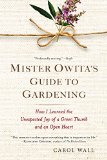
Mister Owita's Guide to Gardening
by Carol Wall
Published 2015
A true story of a unique friendship between two people who had nothing - and ultimately everything - in common
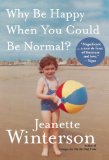
Why Be Happy When You Could Be Normal?
by Jeanette Winterson
Published 2013
Witty, acute, fierce, and celebratory, Why Be Happy When You Could Be Normal? is a tough-minded search for belonging, for love, identity, home, and a mother.

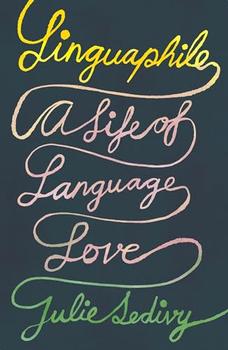
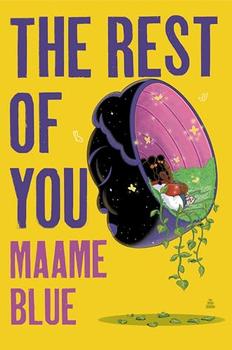
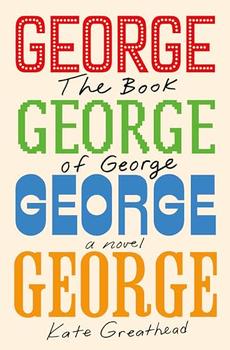
Judge a man by his questions rather than by his answers.
Click Here to find out who said this, as well as discovering other famous literary quotes!